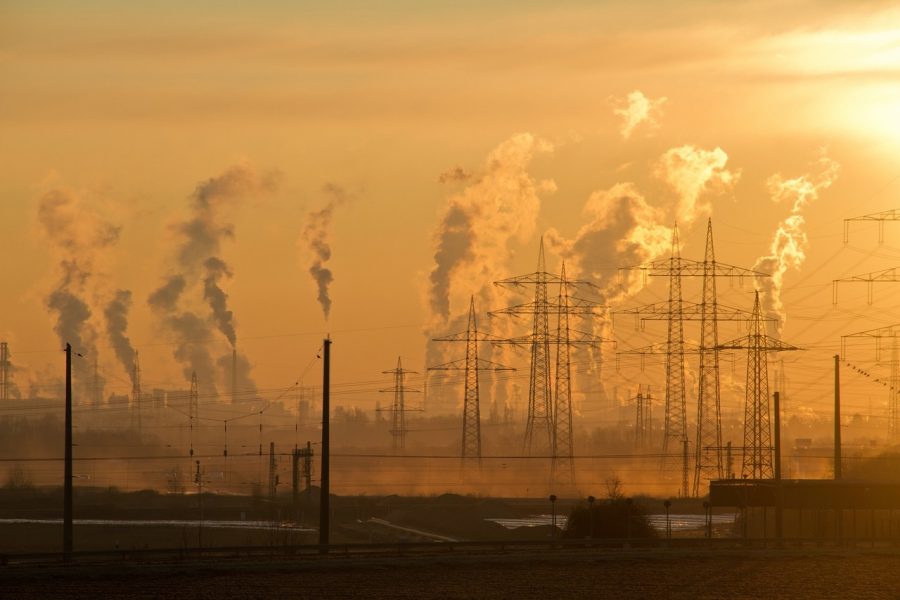Bioenergy with carbon capture and storage (BECCS) is a large-scale strategy developed within the field of geoengineering to remove great amounts of carbon dioxide and help combat Earth pollution and global warming.
BECCS technology functions integrating biomass systems with geological carbon storage. The reduction of CO2 occurs once the new biomass system grows since then the molecules are split in the new biomass. It is to say, that trees would be torn down in order to plant new trees that would eradicate the CO2 captured by the previous trees.
BECCS consists in capturing substantial amounts of polluted matters, therefore theoretically its made to keep atmospheric CO2 below pre-industrial levels. It represents for many governments and scientists a new-term solution to the imminent threat of global warming. However, it may represent major setbacks not only for the environment but also socio-economically for several countries who support the new technology.
How does negative emission tech contribute to climate change?
The scale of alarm goes beyond 450ppmv (meaning parts per million by volume regarding pollution levels), with that measure being the target emission reduction, scientists have argued that the employment of BECCS may be negative in the world.
Such an endeavor generates large amounts of emissions, and consumes a massive amount of biological resources like water, soil, and fertilizers. This leads only to more environmental issues regarding the destabilization of the planet. Thus, it means that deploying BECCS initiatives at larger scales could lead to thousands of square miles deforested.
“We could achieve substantial amounts of bioenergy potentials, but this would really come at the cost of extensive environmental damage in many other dimensions, this could generate abrupt or irreversible environmental changes,” said Vera Heck to The Washington Post.
Climate change and key boundaries on earth
The concept of planetary boundaries consists of nine ecological thresholds that warn not to push planetary systems. One of the key boundaries that have been transgressed is climate change, which has been the main concern in many occasions, this is why many people put their hopes in the BECCS system, but this could significantly change and push many boundaries, including stratosphere ozone depletion and altering freshwater consumption and the global hydrological cycle.
According to the Stockholm Resilience Centre the 9 ecological boundaries that must be respected to preserve balance consists in:
- Freshwater consumption and the global hydrological cycle
- Land systems change
- Ocean acidification
- Climate change
- Chemical pollution and novel entities release
- Loss of biosphere
- Stratospheric ozone depletion
- Atmospheric aerosol loading
And finally, phosphorus flows to the biosphere and oceans, which would be the main consequence of the large-scale employment of BECCS.
Source: Chicago Tribune



